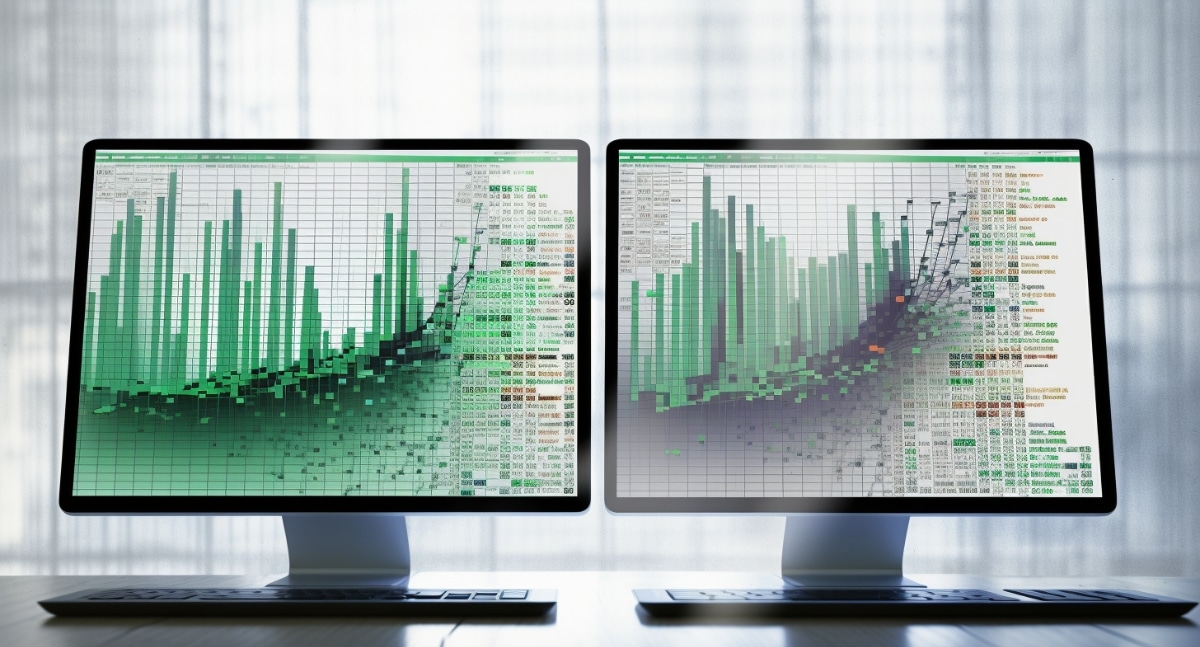7 Simple Ways to Edit Excel Sheets Efficiently

When you're navigating the world of data management, Microsoft Excel can be an incredible ally, simplifying tasks from simple lists to complex data analysis. But with a multitude of features and capabilities, Excel can sometimes overwhelm users. Whether you're a seasoned pro or a budding beginner, here are seven practical and easy ways to enhance your Excel editing experience, making your workflow more efficient and your spreadsheets more manageable.
Efficient Data Entry and Navigation

First and foremost, mastering the basics of data entry and navigation is crucial:
- Use Shortcuts: Learn and utilize Excel shortcuts. For example, CTRL + C for copy and CTRL + V for paste significantly reduce the time spent on repetitive tasks.
- AutoFill Feature: Utilize AutoFill to quickly fill in data sequences or extend formulas. Simply drag the small square from the bottom-right corner of the cell.
- Named Ranges: Assign names to cell ranges for easier navigation. Go to Formulas > Define Name to create or edit a named range.
These methods streamline your interaction with Excel, making data manipulation quicker and less tedious.
Master Formula Usage

Formulas are the backbone of Excel. Here are ways to master them:
- Relative vs. Absolute References: Understand when to use dollar signs () to lock cell references with absolute (A$1) or keep them relative (A1).
- IF and Nested IF Functions: Use IF functions to perform conditional analysis. Nested IFs can handle multiple conditions, although VLOOKUP or LOOKUP might be more efficient for larger datasets.
- Array Formulas: For complex calculations, array formulas can perform multiple calculations in one fell swoop. Press CTRL + SHIFT + ENTER to confirm array entries.
Utilize PivotTables for Data Summarization

PivotTables are excellent for summarizing, analyzing, or presenting data efficiently:
- Create a PivotTable: Select your data range and go to Insert > PivotTable.
- Sorting and Filtering: Sort your PivotTable to highlight key figures or use filters to display only the data you’re interested in.
- Group Data: Use the Group feature to aggregate data by date, number, or text.
📌 Note: Remember to refresh your PivotTable if the source data changes.
Conditional Formatting for Visual Insights

Conditional Formatting allows you to visually highlight important data points:
- Data Bars: Represent cell values with horizontal bars within the cells.
- Color Scales: Apply a gradient color scheme to show variations in data values.
- Icon Sets: Insert icons based on conditions to make data interpretation intuitive.
Leverage Advanced Features

Excel’s advanced features can significantly improve efficiency:
- Power Query: Transform and clean data from various sources before loading it into Excel.
- Power Pivot: Create complex models and relationships between tables for in-depth analysis.
- Macro Recording: Automate repetitive tasks with VBA (Visual Basic for Applications).
Data Validation and Protection

To maintain data integrity and prevent unwanted changes:
- Data Validation: Set rules for what data can be entered into cells to avoid errors (Data > Data Validation).
- Cell and Sheet Protection: Lock cells or entire sheets to restrict editing or viewing access (Review > Protect Sheet/Workbook).
Optimize with Keyboard Shortcuts and Toolbar Customization

Customize your workspace for efficiency:
- Keyboard Shortcuts: Apart from common ones like CTRL + Z for undo, learn shortcuts like ALT + H + O + I for inserting columns/rows quickly.
- Customize Toolbar: Tailor the Quick Access Toolbar with your most-used features for one-click access.
After applying these tips, Excel will seem less daunting, and your productivity will soar. Understanding the power of Excel's features allows for more precise and efficient data management, analysis, and presentation. Keep experimenting with Excel, as each version brings new functionalities that could revolutionize your work further.
What are some quick ways to navigate in Excel?

+
Use keys like CTRL + Home to jump to the beginning of your worksheet, CTRL + End for the end, or CTRL + G to go to a specific cell.
How can I make my formulas in Excel work more efficiently?

+
Use named ranges, avoid full-column references when possible, and leverage array formulas for complex calculations to optimize performance.
What is the purpose of Conditional Formatting?

+
Conditional Formatting helps in visually analyzing data by highlighting, applying colors, or icons based on the conditions you set, making it easier to spot trends and outliers.
Can I automate repetitive tasks in Excel?

+
Yes, with VBA (Visual Basic for Applications). Use the Macro Recorder to capture steps, which can then be run with a single click or keyboard shortcut.
How can I ensure data is entered correctly in Excel?

+
Use Data Validation to set rules on what data can be entered, for example, allowing only numbers, dates, or list items in specific cells.